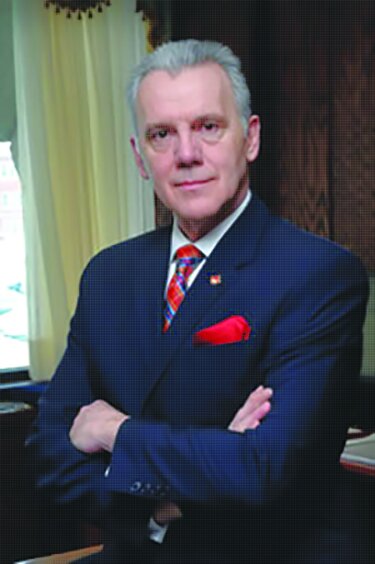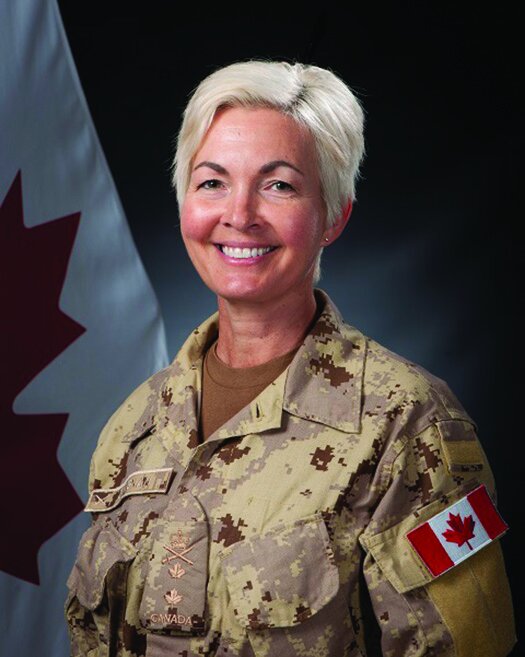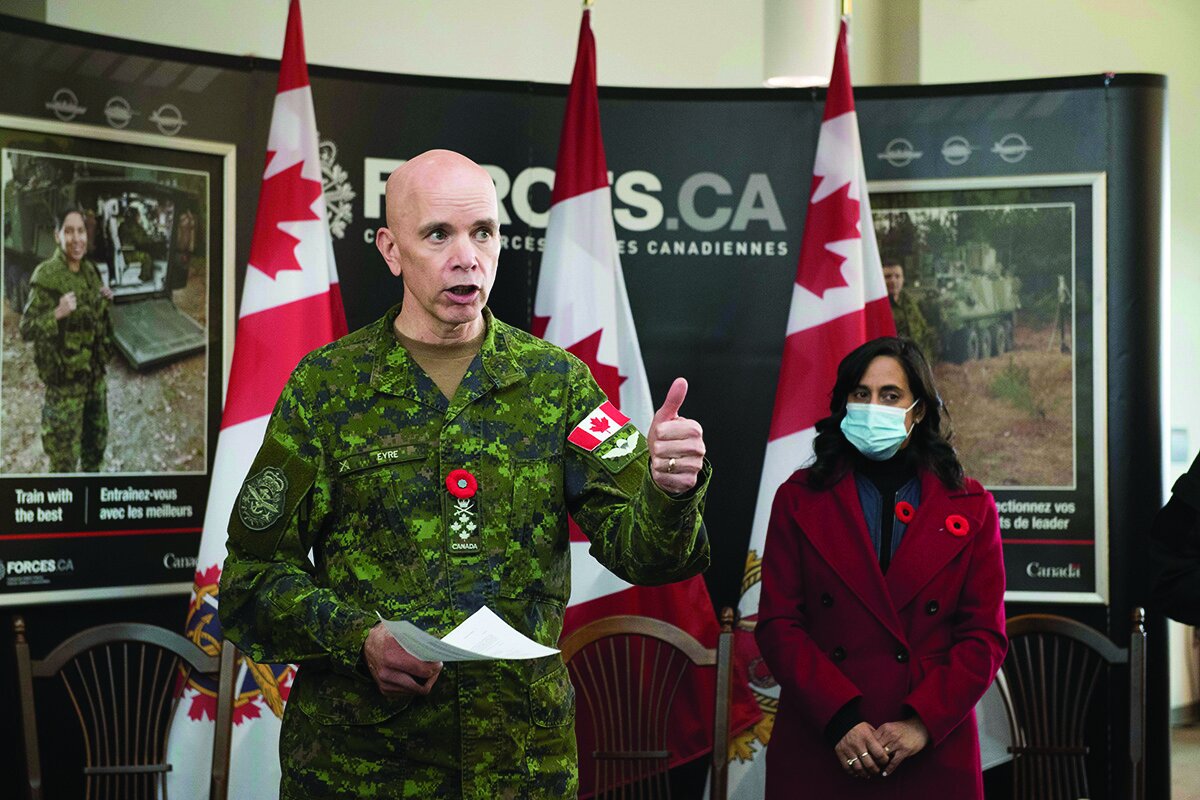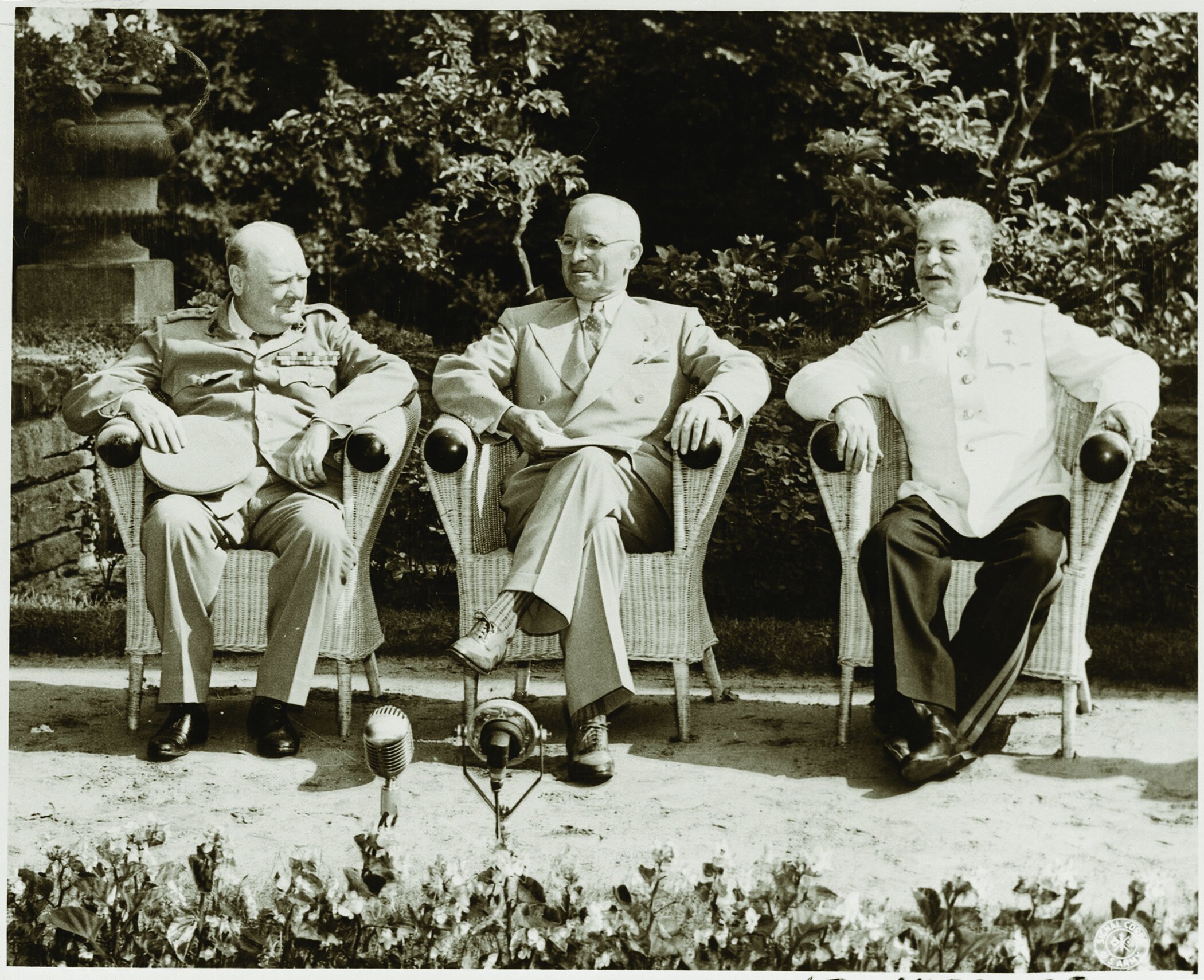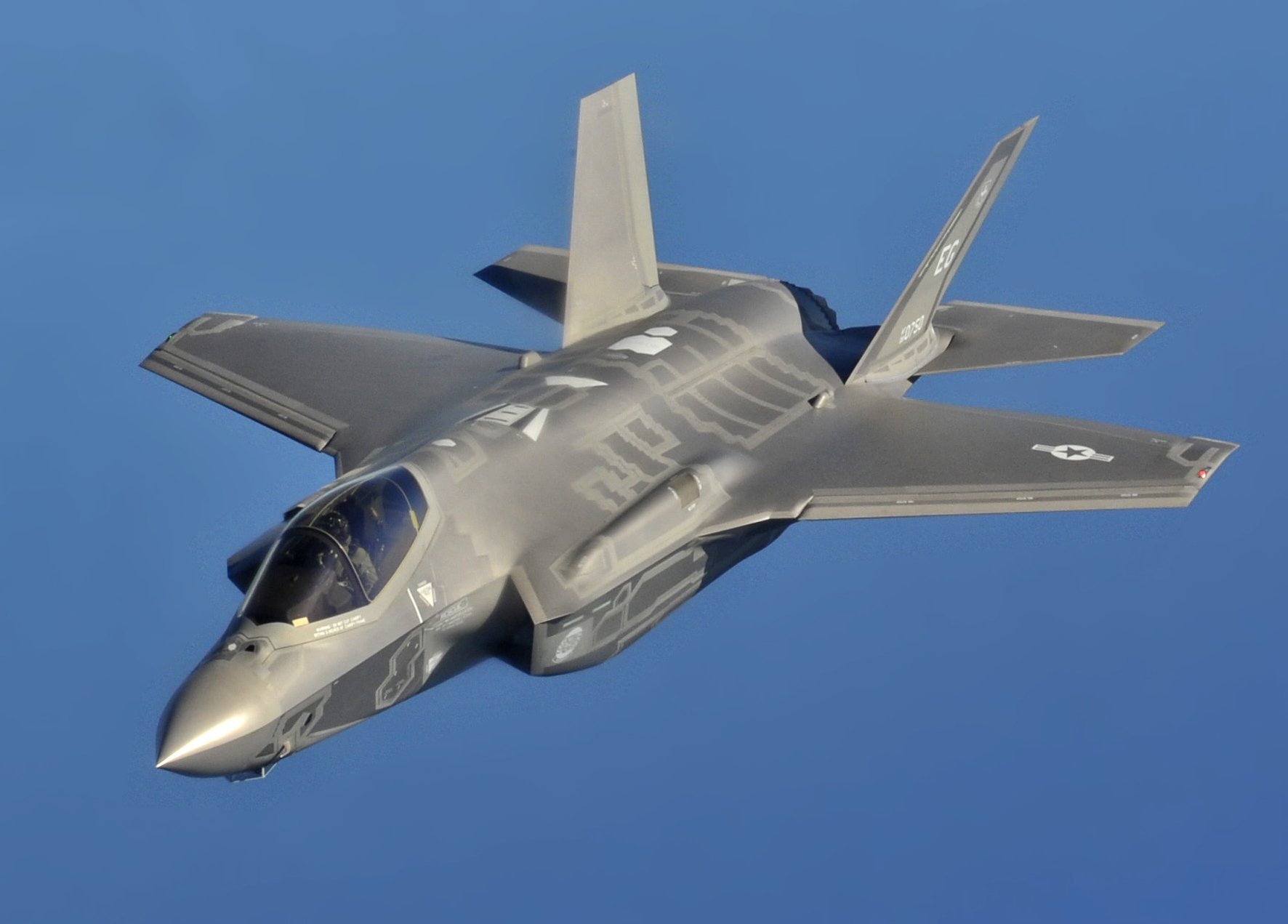By VIncent J. Curtis
“Everything’s Sir Garnet” was, for over a hundred years, an expression in the Canadian army that meant all was in good order. The reference is to Sir Garnet Wolseley, 1st Viscount Wolseley, after whom Wolseley Barracks in London, Ontario, was named. Wolseley commanded the Red River Expedition which, in August, 1870, bloodlessly put down the first Riel Rebellion.
Wolseley was born in Dublin, Ireland, on 4 June 1833, the son of a British army officer who died when Garnet was still a boy. His impoverished family could send him to school only in Dublin, and he was forced to leave school at the age of 14. Unable to afford the purchase of a commission, Wolseley was nevertheless gazetted an ensign in the 12th Foot on 12 March 1852, in recognition of his father’s service.
Wolseley served in the Second Anglo-Burmese war in 1852, where he was severely wounded and invalidated home. Promoted successively to Lieutenant and then to Captain, Wolseley was sent to Crimea in December 1854. Significantly, he was seconded to the Royal Engineers during the siege of Sevastopol, and then appointed to the Quartermaster General staff for the re-embarkation of British forces at the end of that war. Wolseley was twice wounded and twice mentioned in dispatches.
Wolseley next saw action in the Indian Mutiny, distinguishing himself at the relief of Lucknow and in the defense of the Alambagh position. He ended the war appointed deputy assistant Quartermaster General of a division, eventually to be promoted to brevet lieutenant- colonel, having frequently been MID’d. He followed his division to China for the Anglo-French expedition of 1860 where, again, he distinguished himself, and promoted substantive Major.
As a result of the Trent Affair arising from the American Civil War, Wolseley was sent to Canada in November, 1861, as a special service officer. He seems to have spent a lot of time throughout the war in the confederate states as a military observer. At its end, Wolseley returned to the province of Canada, was promoted brevet colonel (on 5 June 1865) and appointed Assistant Quartermaster General. Involved in repelling the Fenian Raids of 1866, Wolseley was appointed AQMG for Canada on 1 Oct 1867, and was in that role when the Red River Rebellion broke out.
The Wolseley Expedition set out for Fort Garry (present day Winnipeg) from Fort York, Toronto, on 1 May 1870 with the following forces:
1st Bn 60th Reg’t of Foot, 377 all ranks
Det Royal Artillery, 1 officer, 19 ORs, 4 x 7 pdr brass mountain guns
Det Royal Engineers, 1 Officer, 19 ORs
Det ASvcC
Det AHospC
1St (Ontario) Rifles, 29 officers, 350 ORs
2nd (Quebec) Rifles, 29 officers, 350 ORs
plus about 400 aboriginal voyageurs, 150 horses and 100 teamsters that were hired and employed along the way.
The expedition travelled to Georgian Bay, likely by rail, and embarked upon two steamers, the Algoma and the Chicora, to take it to Thunder Bay on Lake Superior, passing through the St. Mary’s Canal at Sault Ste. Marie along the way. Problem was, the canal passed through U.S. territory; and, while Wolseley was able to sneak the Algoma past the sleeping U.S. Customs agents, they refused to let the Chicora through, since it would mean allowing British soldiers onto U.S. territory. Wolseley was forced to unload the boat and make a three-mile portage of men and material on the Canadian side of the river, the emptied steamer being allowed to pass through U.S. territory.
Re-embarking, the Expedition reached the Department of Public Works station at Thunder Bay on May 25th. From there, Wolseley moved west to Lake Shebandowan, and departed for Fort Garry in canoes from there. Crossing the lake, the expedition followed an old Hudson’s Bay Company trap line until they reached Lake Kashabowie and discovered the Dawson Trail, incompletely constructed for the expedition, but enabling them to reach Fort Francis on August 4th. Wolseley reached Lake of the Woods at Rat Portage (present day Kenora, Ontario) on August 15th. They floated down the Winnipeg River to Lake Winnipeg, and thence across the lake to where the Red River empties into it. Wolseley formed up his troops, marched upon Fort Garry, and, finding the southern gate open and the fort abandoned, occupied the place on August 24th, without a shot being fired. Riel and his government had fled, and Dominion sovereignty was firmly established over the new province of Manitoba.
Wolseley transported over 1000 men, all their supplies and materials, and artillery across hundreds of miles of trackless Canadian bush, at the height of summer, while plagued with blackflies and mosquitoes. The expedition’s success was a testament to Wolseley’s foresight and preparations, from which his long experience as QMS and time with the Royal Engineers played no small part.
Field Marshal Wolseley ended his career as the Commander in Chief of the British Army on 3 January 1901. He died, aged 79, on March 25, 1913, and is buried, fittingly, in St. Paul’s Cathedral, London.










